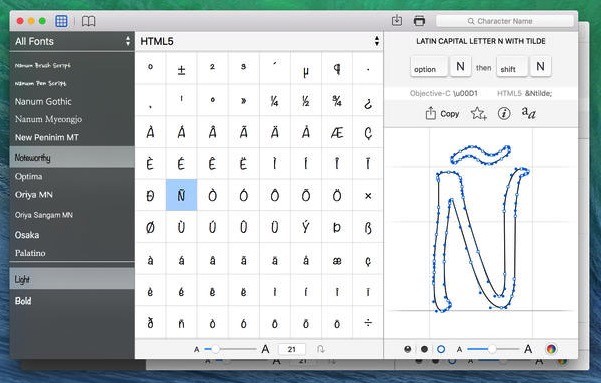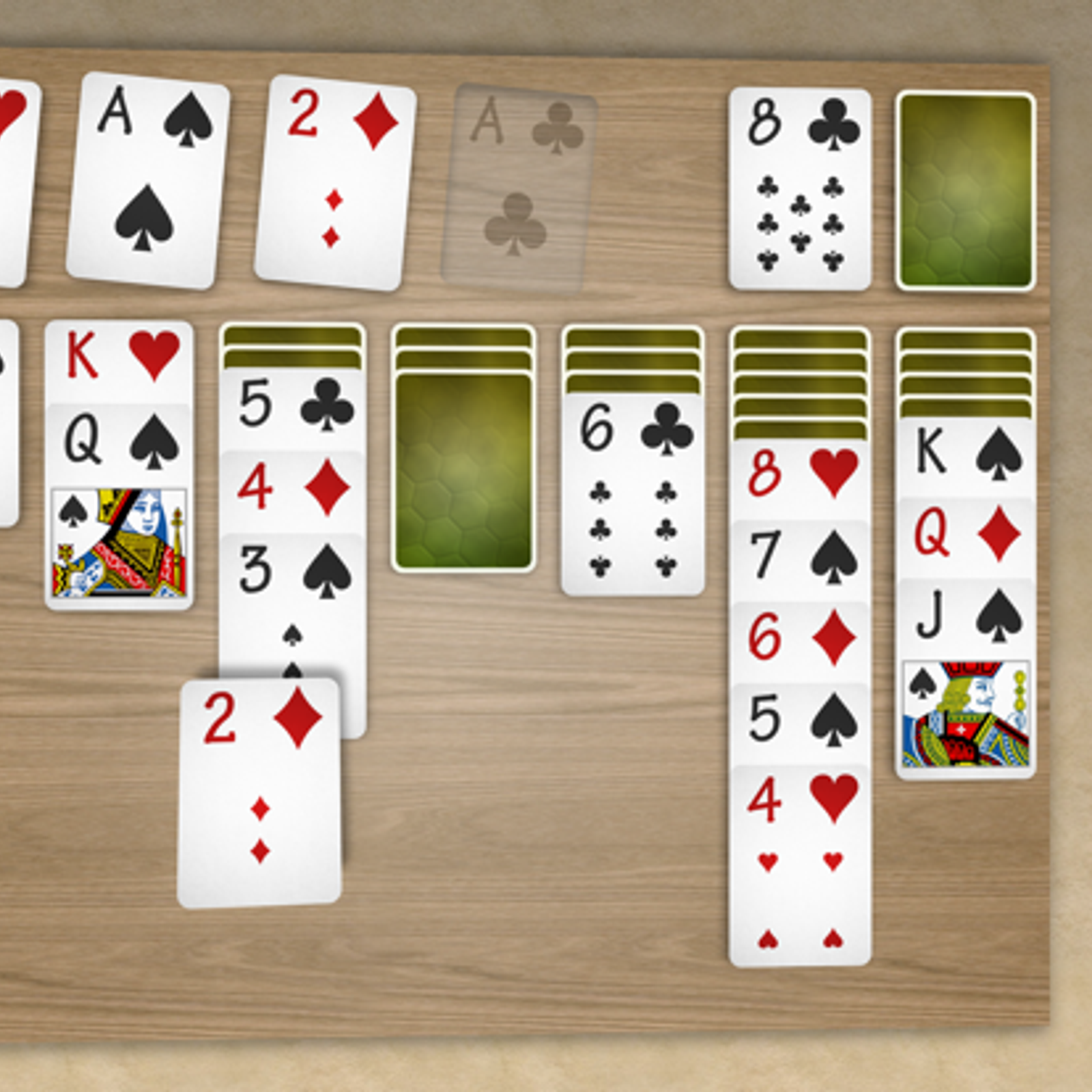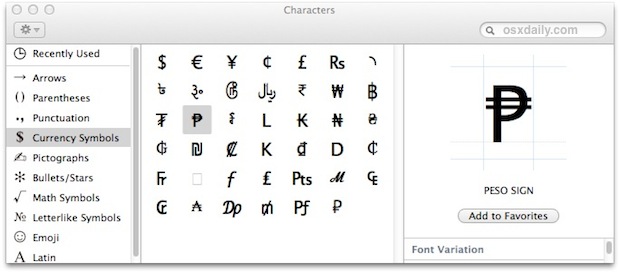- Heart Character For Macbook Pro
- Character Format
- Character For Mac
- Special Characters Mac Keyboard Shortcuts
- Character For Managing Director
- Mac Character Viewer
Typing other characters on a Mac. You may recall the Character Viewer - a tool which you could expand to find various characters to be added to text documents. It predated Emoji and since Emoji.
There can be times when you want to insert special characters while writing a report or creating an invoice or in a random chat on the Mac. macOS supports all the types of special characters, but it’s hidden in the OS. Apple has added various arrows, bullets, currency symbols, Latin words, math symbols, punctuation, and more. Even better, the macOS also allows you to search the fonts from the settings and let you add them as favorites for easy access.
I mostly use different currency symbols while talking with clients and writing a budget proposal for them. Students will also appreciate the inclusion of degree sign, Celsius, Fahrenheit, and more symbols menu. Most math symbols already come integrated on the keyboard. Still, the symbols menu goes ahead with the inclusion of special math characters such as subset, increment, integral extension, summation, division, and more.
- There’s a semi-hidden way to access special symbol sets in Unicode, and a somewhat obscure method of searching for specific symbols across all of macOS’s included Unicode characters.
- The chart below may be used to type extended ASCII characters on the Mac from the keyboard. In addition, extended characters on the Mac are usually different than Windows because Windows used the ISO Latin-1 Character Set and the Mac uses the Roman character set.
In this post, we will talk about how to add special characters in Mac and other tricks for the keyboard. We will also mention how you can create shortcut words to implement special characters in macOS. It is useful when you use certain characters more frequently. Let’s get started.
Also on Guiding Tech
How to Add Special Characters and Symbols in Apple Pages and Other Tricks
Read MoreUse Edit Menu
macOS offers a standard menu bar at the top for all the apps. It doesn’t matter which app you are currently using, the menu at the top such as File, Edit, View, Format, Note, etc., remain standard at the top.
Follow the steps below to add special character in macOS.
Step 1: Whenever you want to add a special character, you can go to the Edit menu.
Step 2: Scroll down to Emoji & Symbols option. Tap on it, and it will open the Emoji and Symbols menu.
Step 3: By default, it will open the Emoji menu. Double-tap on the emoji icon to add them, and there are two ways to add them for special characters.
You can either use the bottom menu, which is neatly organized in different emoji menus and character styles. Or even better, you can tap on the emoji section at the upper right corner and open the emoji and symbols menu in detail.
It is neatly divided into Emoji, Arrows, Bullets, Currency Symbols, Latin words, Math Symbols, and more. I’m sure you will find what you are looking for.
There are hundreds of special characters and symbols. Sometimes, it can be overwhelming for the user to find the perfect symbol he is looking for.
Apple has added a couple of ways to access the most-used special characters easily. Shared folder for mac. From the Character Viewer, you can view the Frequently Used menu to see your most-used symbols on the Mac. Users can select a symbol and from the side menu, they can choose ‘Add to Favorites’ menu. The option will create a separate Favorites menu on the sidebar as well as in the emoji menu.
From the Character Viewer menu, you can simply use the search bar to find the special character you are looking for. It works flawlessly. For example, you can simply write ‘Euro’ in the search bar and it will come back with the results of Latin words (Hey, it can be useful if you are learning a new language) as well as Euro currency and European nation flags. I mostly use the search bar as it’s quick and effective compared to juggling through a bunch of sections in the Character Viewer menu.
Also on Guiding Tech
How to Add Special Characters in Microsoft Word and Other Tricks
Read MoreUse Keyboard Shortcuts
You don’t have to go to Edit > Emoji and Symbols every time to use the menu. You can easily master the ‘Control + Command + Space’ keyboard shortcut to open the Emoji and Symbol menu.
The alphabetic keys on the keyword also work as the perfect way to add special characters on Mac. You can long-press the keys like S, E, I, N, etc. to reveal the pop-up menu with numbers and symbols.
You can also memorize some keyboard shortcuts to add some of the special characters during the writeup quickly. Below are some of the example of such keyboard shortcuts.
Heart Character For Macbook Pro
Option + R = Registered Sign (®)
Option + P = Pie symbol (π)
Option + W = Summation Sign (∑)
Option + G = Copyright symbol (©)
Character Format
And many more!
Customize Keyboard Text
I use this one all the time. I have created a text shortcut for some of my most used special characters and symbols.
Character For Mac
Open the System Preference menu on the Mac and navigate to the Keyboard > Text menu. By default, you will see ‘omw’ to On my way! phrase. You can use the same menu to convert text into a symbol or special character.
Tap on the ‘+’ icon below and write the replacing phrase. I have added a ‘Degree’ word here and set the system to replace it with the degree symbol. So the next time, whenever I want to add the ° symbol, I would write the degree word, and the system will replace it with the symbol. You can make as many short phrases to replace them with symbols and special characters.
Also on Guiding Tech
#Tips & Tricks
Click here to see our Tips & Tricks articles pageSpice Up Your Writing With Special Characters
Adding a special character on the Mac is quick and easy. You can always master the keyboard shortcuts to add these symbols on the go. My favorite one is to create a text shortcut, so it doesn’t break the writing flow.
Next up:You can also add Special Characters in while working in Google Docs. Read the post below to find out how to insert them in Google Docs.
The above article may contain affiliate links which help support Guiding Tech. However, it does not affect our editorial integrity. The content remains unbiased and authentic.Read NextTop 5 Tips to Insert Special Characters in Google DocsAlso See#keyboard #apple
Did You Know
One of the first apps in the Apple App Store was Shazam, in 2008.
More in Mac
Top 4 Ways to Fix Mac Desktop Icons Missing or Not Showing

Best text expansion app for Mac
Whether you’re new to Mac or have been using it for years, highly specialized things like shortcuts, special Mac symbols, and accented characters might result in a web investigation spiralling out of control.
If you’ve just recently switched from Windows, you should know that Macs don’t really use alt codes to type special symbols. Instead, all of the most popular Unicode characters can be typed in right from the keyboard. Unfortunately, Apple could do a much better job of shining light at this functionality.
For example, if you want to get a copyright symbol on Windows (©), you need to type in Alt 0169 — whereas, a copyright symbol on Mac is just Option + G. Similarly, a degree symbol on Mac (º) is Option + Zero and a registered trademark symbol on Mac (™) is Option + 2.
Truth is there are many more like this and below we’ll explore different ways of how to type copyright symbol on Mac or any special characters Macs allow, where to find Apple keyboard symbols, and whether there’s an emoji keyboard on Mac.
What Are All The Mac Keyboard Symbols?
While a standard computer keyboard contains around 80 keys, you’re able — in one way or another — use it to input all of the Unicode characters, of which there are about 130,000.
To start, simply explore how all the face-value characters change when you combine them with modifier keys — Control, Option, and Command. You can even combine multiple modifiers together as well. To see all Mac keyboard shortcuts symbols clearly, however, you need to turn on the full keyboard layout.
Cleverly type with Setapp
About usThe Microsoft Casual Games team is responsible for revolutionizing the most popular classic casual games with a fresh modern design and new features to entertain players of all ages from around the world.We are a dedicated, collaborative team who loves playing and making casual games. This was a big milestone for our team, and we would like to thank you for being a part of it. We have designers, artists, developers, producers, testers, and community managers on our team, and we work hard every day to add awesome new content and features to our titles.We recently celebrated the 25th anniversary of Microsoft Solitaire on Windows, which was part of the Windows 10 launch. Celebrating its 30th Anniversary, Microsoft Solitaire remains the most played computer game of all time!Simple rules and straightforward gameplay make it easy for anyone to pick up and play.With new features, collections, daily challenges and monthly events, Microsoft Solitaire Collection continues to be a digital sensation.KlondikeThis version is the timeless classic that many people just call 'Solitaire.' 
Download Setapp to accelerate typing special keyboard symbols on Mac – bypass any limitations right now.
Display all Mac keyboard symbols
Even if you’ve been using your Mac for a while, it’s useful to look at all the possible keyboard combinations from time to time to refresh your memory and discover new ways of quickly inputting information.
Luckily, it’s easy to show all Mac key symbols at once:
- Go to System Preferences ➙ Keyboard
- Check the box next to “Show keyboard and emoji viewers in menu bar”
Now you can click on the language flag in your menu bar and choose Show Keyboard Viewer. The interactive display will appear, showing all the keyboard symbols and altering the view in real time when you use modifier keys.
Special Characters Mac Keyboard Shortcuts
Of course, even using all the modifier keys and combinations available, it’s impossible to fit all the characters in such constrained amount of space. To see all Mac key symbols, you need to select Show Emoji & Symbols option from the same language flag menu, or use a shortcut Control + Cmd + Space.
Here, you’ll see all kinds of categories on the left: Emoji, Arrows, Currency Symbols, etc. In the center are all the characters within a given category. And on the right you can pick a font variation of the same symbol.
To type in a TM symbol Macs use, for example:
- Open your word processor of choice
- Call the Mac symbols menu
- Navigate to Letterlike Symbols on the sidebar
- Double-click on ™ to paste it into your editor
How to create custom Mac keyboard shortcuts symbols
With the Show Emoji & Symbols window, you have access to nearly all Unicode characters you’ll ever need. However, if you need to use some special characters — such as a copyright symbol on Mac — rather frequently, it would be quite inconvenient to call up a menu and search for what you need every time. Serif webplus for mac pro 2017. Of course, you can add the copyright symbol to your favorite characters, which will save you some time, but there’s a much better way.
Macs allow you to create shortcuts for all keyboard symbols to be able to easily type them in whenever you need. For example, to create a shortcut for the copyright symbol on Mac:
- Type in the © character into your editor as described above and copy it with Command + C
- Open System Preferences ➙ Keyboard
- Navigate to the Text tab
- Click the plus sign
- Paste your © symbol in the With column on the right
- Type in a desired key combination to trigger the copyright symbol on Mac in the Replace column on the left
Although this default shortcuts method works well for characters or emoji, it doesn’t effectively translate into longer strings of text or paragraphs. If you want to, for instance, create a shortcut that outputs a sales email template, you’d need to use a little nifty tool called Rocket Typist.
Rocket Typist is a full-featured text expansion app created to minimize repetition in composing any form of text-based communication. It’s essentially a small database of text snippets you’ll use over and over again.
Starting with Rocket Typist is easy: use File ➙ New to create a new snippet, specify the abbreviation, fill out as much text (sentences or even paragraphs) as you need, and then use the abbreviation to expand text in any application.
How to switch between keyboard languages quickly
Sometimes, the Mac keyboard symbols you need are only available in another language — say, they could be Cyrillic-based. To access them, you’d need to enable another keyboard layout on your Mac.
Luckily, it’s easy to do:
- Go to System Preferences ➙ Keyboard
- Navigate to Input Sources
- Click the plus sign
- Choose the language you need and press Add
Now, the second keyboard layout will be activated. Don’t forget to check the box next to “Show Input menu in menu bar” to see which layout is currently active. The standard shortcut to switch between layouts is Cmd + Space, but you can also change it to Caps Lock key in the Input Sources options.

Extra tip: typing emoji on iPhone is much easier if you add an emoji keyboard layout to your languages.
Special Characters: Type in various symbol variations
In some cases, you might just want to access a variation of the symbol that’s already on your keyboard, such as an accented letter.
One way to do this is to find the character of your choice in the Keyboard Viewer, as described above. Another way is to use a keyboard shortcut. You can get an acute accent by typing Option + E and then the letter. Similarly, circumflex is Option + I, grave accent is Option + backquote, tilde is Option + N, and umlaut is Option + U.
A quicker option though is to simply press the key of the letter you want to modify and hold it for a second until a small menu appears. Then just choose a number that corresponds to the modification you seek.
Digitize complex math expressions
If your studies or line of work require the use of complex math, you might be spending too much time crafting LaTeX and MathML expressions by hand. But as with nearly everything else nowadays, there’s an easier way.
MathKey is a Mac app specifically developed to write complex equations in academic papers and math documents. Instead of composing dozens of obscure symbols together, the app allows you to hand-write the equation using your trackpad (or mouse) and output perfect LaTeX or MathML, ready for publication.
Search for anything instantly
It’s likely that you won’t retain all the information provided here. But don’t worry, the only thing you need to keep is a supercharged search that can take you right back to the answer you’re looking for.
Lacona is an intelligent search for your Mac that contextually analyzes the query and outputs a range of possible solutions, whether it’s launching a certain app, looking it up online, or performing a pre-defined action.
Character For Managing Director
Any question about Mac keyboard shortcuts symbols — such as “how to type copyright symbol on Mac?” — would be met with a guiding response. And all you have to do to start Lacona is press Option + Space.
So there are a lot of things your Mac is capable of that you might have not even considered before. With regards to symbols and characters, what you see on the keyboard is just a tiny slice compared to the total amount available. Using Mac symbols properly will enrich your communication, making it clear and efficient, especially if you get used to creating snippets with Rocket Typist, transferring math equations with MathKey, and keeping everything at the tips of your fingers with Lacona.
Best of all, the apps mentioned above are available to you on a free trial through Setapp, a platform of more than 150 specific Mac apps that are designed to make your days more productive and fun. Now you’re ready to solve some equations!
Meantime, prepare for all the awesome things you can do with Setapp.
Read onSign Up
Mac Character Viewer
